
The global demand for plastic products is increasing, and the annual output of plastics is also rising. Most plastic ends up in rivers, lakes and oceans. Over time, plastic tends to break down into small particles through natural weathering. Research shows that microplastics are now ubiquitous in freshwater, oceans and soils.
Our lives seem to be inseparable from plastic products: drinking glasses, tableware, packaging bags etc.

Although it has been used for so many years, most people do not understand: some plastics are afraid of heat, and some are afraid of oil… How do we usually choose and use plastic products?
Plastic is a big family. Generally, plastic products will use numbers from 1 to 7 to indicate “identity”. What safety tips are included in these numbers?

“Digital password” on plastic products
If you have a plastic bottle in hand, turn it upside down and at the bottom you will see a triangle symbol with a number printed in the middle. This number is its “identity card”. The number in the center represents the number, and the English below it represents the name of the plastic material.
- Plastic No. 1: Don’t Reuse
Products: commonly used in the production of mineral water bottles, carbonated beverage bottles.
Explanation: No. 1 plastic, namely polyethylene terephthalate (PET). This material has poor heat resistance, and the maximum operating temperature does not exceed 70 °C. Once heated or filled with boiling water, it will deform and dissolve harmful substances. “1” plastic products may release carcinogen DEHP after 10 months of use, and the more times they are reused, the higher the probability of releasing carcinogens and the more bacteria they grow.
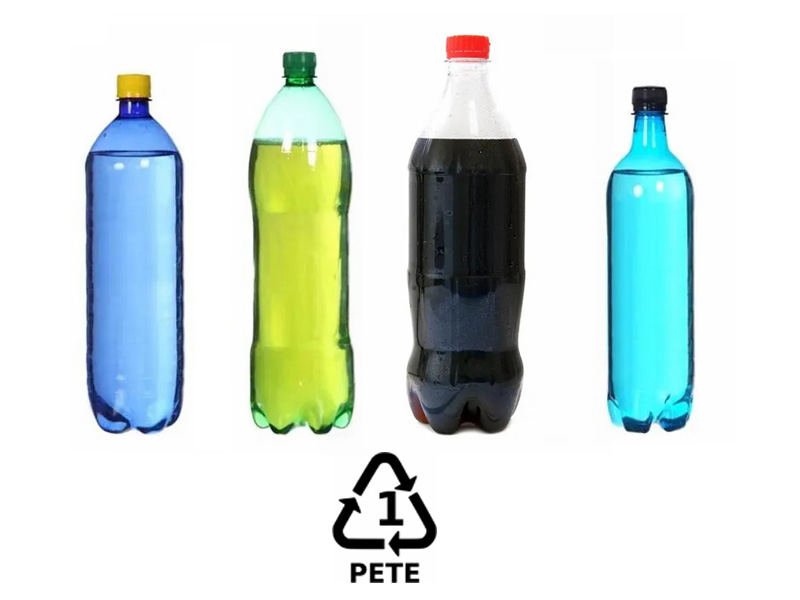 Note: This kind of plastic bottle cannot hold hot water, and it should not be reused. It is best to throw it away after drinking it.
Note: This kind of plastic bottle cannot hold hot water, and it should not be reused. It is best to throw it away after drinking it.
- Plastic No. 2: Recyclable
Product: It is mostly used to make containers for cleaning supplies and bath products.
Explanation: “No.2” stands for high-density polyethylene plastic (HDPE), which is extracted from petroleum and produced under high temperature and pressure. It is very dense and strong, and can be reused.
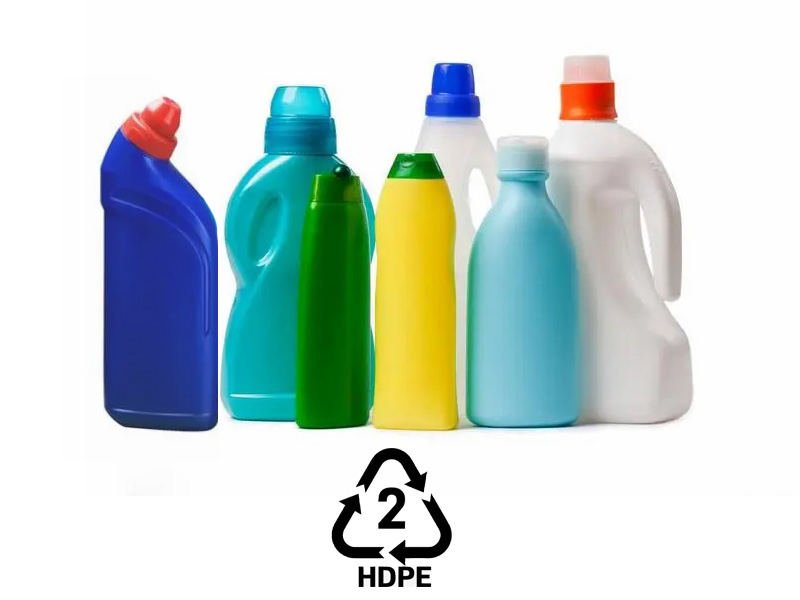 Note: However, if the cleaning is not thorough, it is recommended not to recycle.
Note: However, if the cleaning is not thorough, it is recommended not to recycle.
- Plastic No. 3: Relatively Least Safe
Products: Wide range of applications, commonly used to make raincoats, garbage bags in daily life, plastic greenhouses, rubber pipes, etc. for agriculture.
Explanation: “No.3” represents polyvinyl chloride (PVC), which has good performance, wear resistance and acid resistance. The disadvantage is that it is not heat-resistant and toxic.
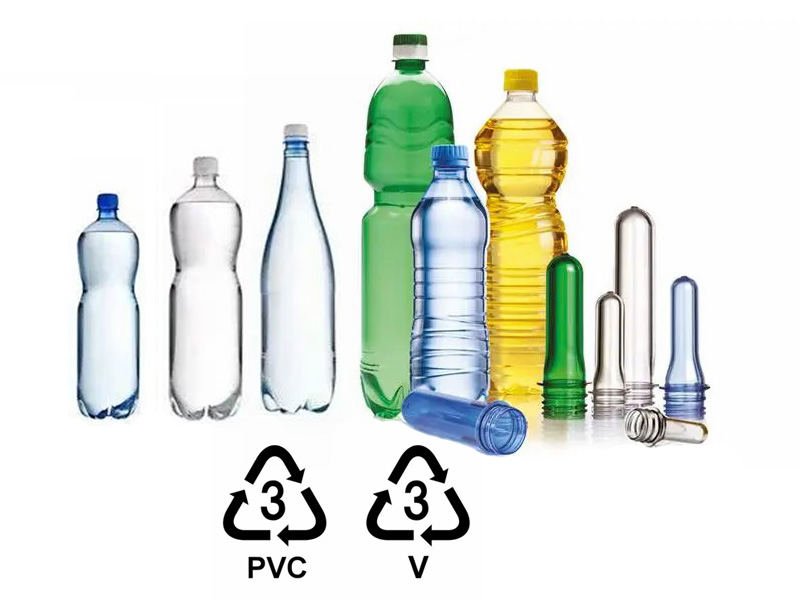 Note: Bags made of size 3 plastic are not recommended for food.
Note: Bags made of size 3 plastic are not recommended for food.
- Plastic No. 4: The Most Flexible
Products: commonly used in the production of cling film, plastic film and other materials.
Explanation: “No.4” stands for low density polyethylene plastic (LDPE), which is breathable and impermeable to water, and has low heat resistance.
 Note: If the plastic wrap is marked with PE (polyethylene), it means that it is not resistant to high temperature, while the marked PVDC (ethylene dichloride) is high temperature resistant, usually can withstand high temperatures of 150°C, and can be used for microwave heating.
Note: If the plastic wrap is marked with PE (polyethylene), it means that it is not resistant to high temperature, while the marked PVDC (ethylene dichloride) is high temperature resistant, usually can withstand high temperatures of 150°C, and can be used for microwave heating.
- Plastic No. 5: High Temperature Resistance (above 100 ℃)
Products: Raw materials for making plastic cups and plastic lunch boxes, which can be used for food storage and microwave heating.
Explanation: No.5 plastic material, polypropylene (PP), is the plastic with the strongest heat resistance. Generally speaking, this plastic material is milky white, translucent and uniform in color. Some also add a clearing agent (harmless to the human body) to make it completely transparent. Can be reused after cleaning.
 Note: It is not recommended to choose the ones with peculiar smell and bright colors. Because pure PP plastic has no peculiar smell, adding too much color may be to cover up the defects of the product material itself.
Note: It is not recommended to choose the ones with peculiar smell and bright colors. Because pure PP plastic has no peculiar smell, adding too much color may be to cover up the defects of the product material itself.
- Plastic No. 6: Heat-resistant and Cold-resistant Single-use Plastic
Products: commonly used in the production of bowls of instant noodle boxes and fast food boxes.
Explanation: “No.6” stands for polystyrene (PS), which is heat-resistant (heat-resistant 60-70°C) and cold-resistant, but cannot be placed in a microwave oven, and cannot be used for strong acids (such as orange juice), strong alkalis Substances that may decompose polystyrene that is harmful to the human body and are prone to cancer.
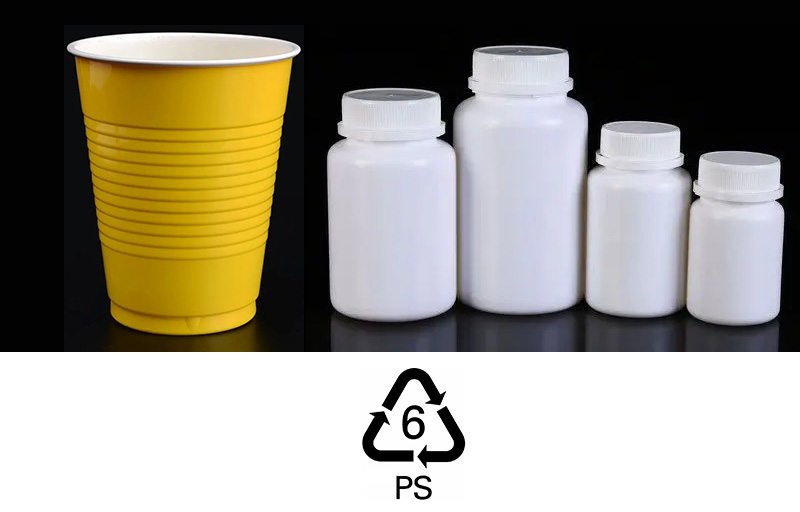 Note: It is best not to pack hot food in a snack box. Moreover, it is difficult to degrade itself and is harmful to the environment, so it is recommended not to use it as much as possible.
Note: It is best not to pack hot food in a snack box. Moreover, it is difficult to degrade itself and is harmful to the environment, so it is recommended not to use it as much as possible.
- Plastic No. 7: Relatively Safe
Products: mostly used in the manufacture of milk bottles, space cups, etc.
Explanation: “No.7” stands for Polycarbonate (PC) and others. PC is a material that is widely used, especially polycarbonate, which has a stable structure and few additives, and is currently considered a relatively safe plastic.
 Recommendation: Try not to pour hot boiling water into the space cup.
Recommendation: Try not to pour hot boiling water into the space cup.
Three ways to choose safe plastic products:
- Look at the logo
Choose plastic products produced by regular manufacturers. Food preservation boxes look for the PP logo, and food preservation bags look for the PE logo. These two are relatively mainstream safety materials.
Both products need to have text on the packaging, or a symbol that says: For food.
- Look at the style
The food preservation box is preferred to have a rubber sealing ring; the food preservation bag is preferred to have its own sealing strip.
- Read the instructions for use
Many big brands will label the instructions on the product packaging, don’t be too troublesome, you must read each one clearly. For example, what is the applicable temperature, can it be put in the microwave or refrigerator, etc.
Synthetic plastics are unstable under certain circumstances, and it is recommended to reduce their use. In life, it is more recommended that you use cloth bags, paper bags, porcelain or glass products. It can not only protect the environment but also benefit your health!
 Three major confusions about plastic products
Three major confusions about plastic products
- Plastic bottles contain plasticizers, which are easy to cause cancer?
Plasticizers are actually plasticizers that are often said in life. They are added to hard plastics mainly to increase elasticity and durability. The most used plasticizers are “phthalates (DEHP)”.
For plasticizers, as long as they meet the regulations on the usage, residues and migration of plasticizers in various countries in the world, they are allowed to be used in the production of food packaging materials.
So, do plasticizers cause cancer?
The Cancer Research Center under the World Health Organization classifies “DEHP” as a 2B carcinogen.
Although the plasticizer represented by DEHP may indeed migrate from some plastic products to food and finally enter the human body under certain conditions, the use of DEHP in food packaging is strictly limited, and its migration The dose will not reach the dose that will cause harm to the human body; in addition, there is insufficient evidence of its carcinogenicity to the human body.
Therefore, the statement that “plasticizers cause cancer” is not reliable and needs to be viewed scientifically.
- Is there any safety hazard in using plastic bags for food?
It is recommended to use plastic bags marked with the word “food grade” to store food for direct consumption, and the food in the plastic bags should be eaten in time.
It is not recommended to use plastic bags that are soft to the touch and do not have the QS logo, because such plastic bags are afraid of oil and heat, and because the temperature of the food is too high, the chemical components in the plastic bags will be analyzed. Contaminated food may increase the risk of hyperglycemia and hyperlipidemia.
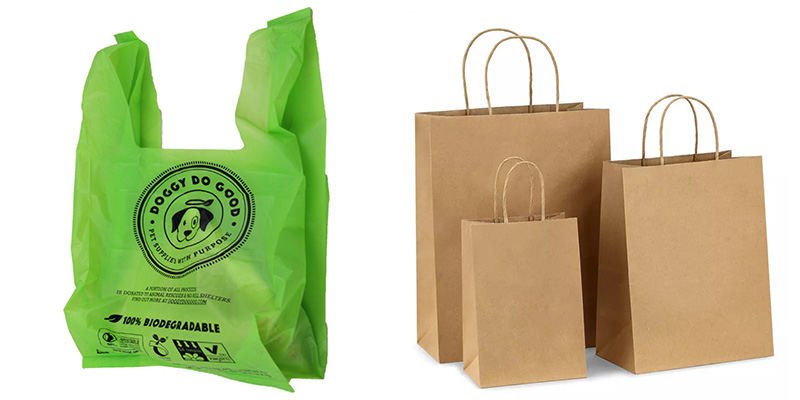
- Can empty beverage bottles be used for oil and vinegar?
There are indeed some fat-soluble small molecules in No. 1 plastic PET. If it is used for daily cooking oil, some substances may penetrate into the vegetable oil.
For safety reasons, it is recommended to choose PLA, glass or ceramic materials to hold oil, vinegar, wine, etc.
Key words: plastic products, water cups, tableware, packaging bags, plastic materials, mineral water bottles, carbonated beverage bottles, recycling, polyethylene, polyvinyl chloride, plastic wrap, plastic film, polyethylene, plastic cups, plastic lunch boxes, polypropylene , bowl instant noodle box, fast food box, polystyrene, polycarbonate, food preservation box, food preservation bag, plasticizer.





